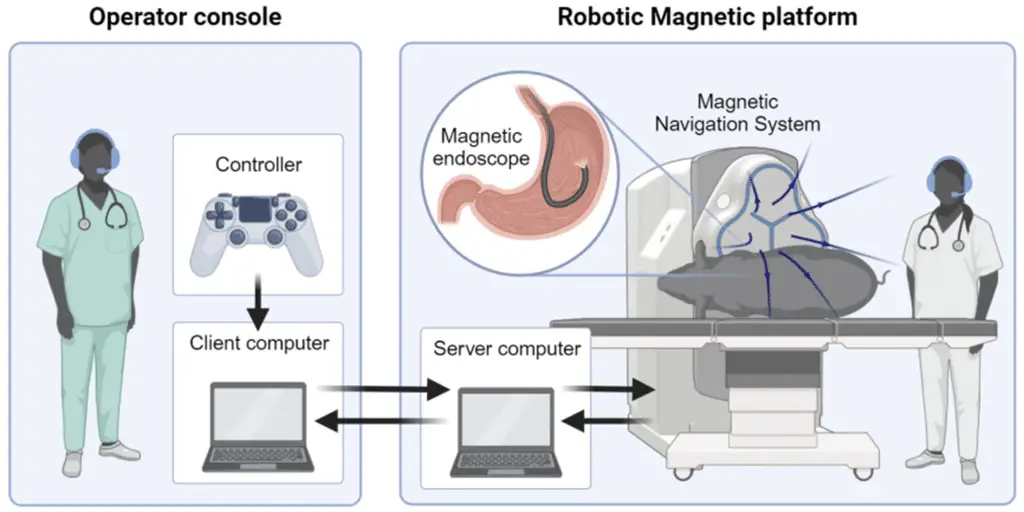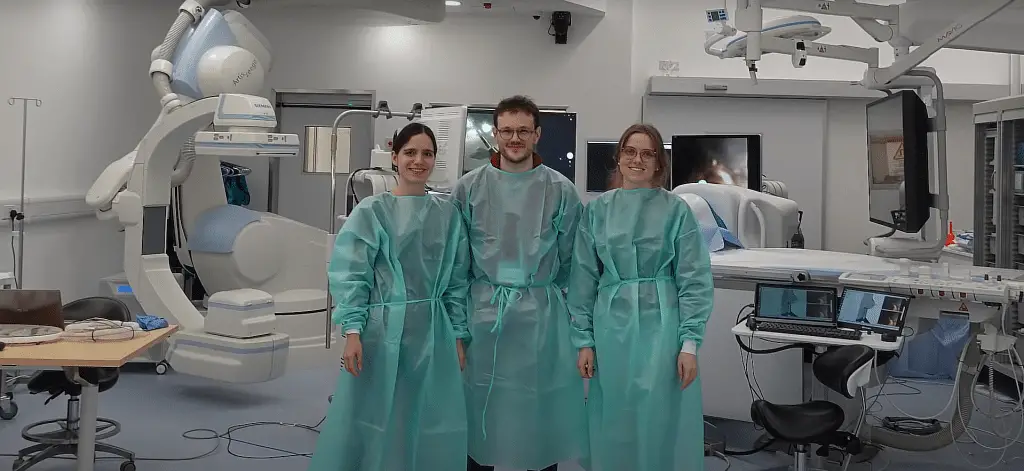In the field of modern medicine, and specifically remote surgery, technological advances are redefining the limits of what is possible, and a remarkable example of this progress has been lately demonstrated with a surgery on a pigperformed by a team of doctors located in over 9,000 kilometers away.
This event marks a significant step towards the adoption of advanced telemedicine technologies, which could revolutionize the way surgeries are performed in the future.
The procedure, described in a dedicated article directly on the ETH Zurich page, involved the use of remotely controlled surgical robots, a type of technology that allowed surgeons to operate with precision and controldespite the great physical distance between them and the patient.
The ability to perform surgery remotely could have huge implications, especially in emergency situations or in remote areas where access to medical specialists is limited.
The operation was successfully conducteddemonstrating not only the technical feasibility of such procedures, but also their potential effectiveness, considering also that, as previously mentioned, this type of innovation could pave the way for new possibilities in the field of surgeryimproving the accessibility and quality of medical care in global level.
The revolution of remote surgery
The remote surgery performed on a pig, as we said, was performed by a team located 9,000 kilometers away, marking what is in all respects a significant milestone in the telemedicine. This event is not only a demonstration of technical prowess, but also a sign of how technology is transforming the medical field.

Remote surgery, or telesurgeryuses advanced surgical robots that allow doctors to operate on patients located in remote locations, overcoming geographical barriers and improving access to specialist care.
In recent decades, robotic surgery has made great strides, just think that modern robotic surgical systems, such as the da Vinci Surgical Systemare equipped with highly flexible arms and miniaturized instruments that reduce tremors and allow delicate maneuvers, moreover the integration of advanced imaging and visualization technologies It has improved surgical precision, making robots safer and more adaptable to various procedures.
Obviously, Artificial Intelligence, also known as Artificial Intelligence, could not be missing in this field, which together with machine learning are playing a crucial role in robotic surgery.
These technologies help surgeons recognize complex anatomical structures and make more informed surgical decisions, on the other hand AI can analyze large amounts of medical data to predict complications and optimize surgical plans, thus improving patient outcomes.
Remote surgery and its applications
As mentioned earlier, remote surgery has the potential to revolutionize healthcare, especially in remote areas or in emergency situations. By implementing teleoperation systems, surgeons can overcome geographic limitations and provide specialized care to patients around the world, which is especially useful in regions where access to medical specialists is limited.
Despite the progress, robotic surgery still faces several challenges, one of which is the high cost of robotic systemstheir maintenance and the need for adequate training For surgeons, these are significant obstacles, not to mention the size of robotic systems, which can be a problem in cramped surgical environments.

The future of robotic surgery and remote surgery is promising, with innovations such as surgery with nanorobotsemi-automated telerobotic systems, and the impact of 5G connectivity on remote surgery. These developments could lead to greater automation and precision, further reducing risks and improving recovery times for patients.
If you are attracted by science or technology, keep following us, so you don’t miss the latest news and updates from around the world!
#Remote #Surgery #Intervention